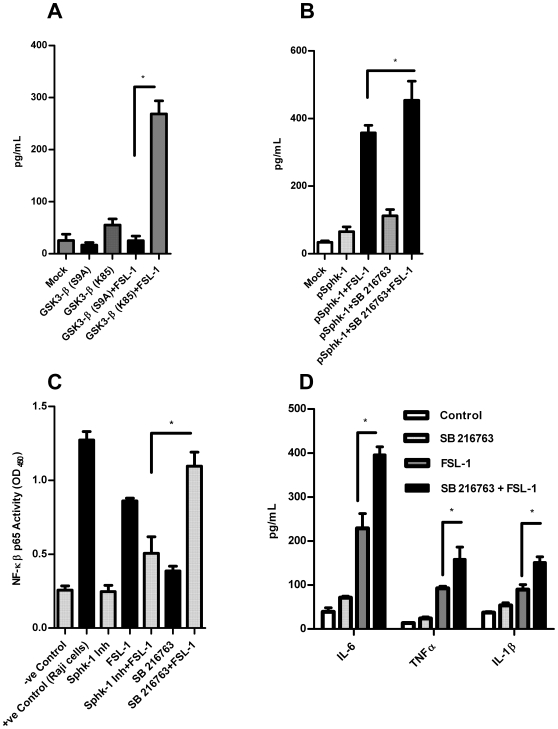Figure 5. Overexpression of GSK3-β in HGECs.
Cells were transiently transfected with GSK3-β (S9A), GSK3-β (K85) and pCDNA3.1 as Mock using Fugene 6. The transfected cells were challenged with FSL-1 (1 µg/ml) for 24 h. The supernatant was subjected to human HBD-2 ELISA. The cells transfected with kinase dead GSK-3β (K85) plasmid induced significantly higher amounts of HBD-2 however; the cells transfected with constitutively active GSK3-β (S9A) attenuated HBD-2 induction (A). We overexpressed Sphk-1 by transfecting the cells with Sphk-1 plasmid and incubated in the presence or absence of GSK3-β inhibitor SB 216763. The FSL-1 (1 µg/ml) challenged cells induced significantly higher amounts of HBD-2 compared to the cells without GSK3 inhibition (B). NF-kB p65 activity was measured in the presence or absence of Sphk-1 and GSK3 inhibitor. Sphk-1 inhibition reduced NF-kβ activity however, NF-kβ activity increased upon GSK3 inhibition when challenged with FSL-1 (1 µg/ml) (C). The cells were pretreated with SB216763 for 2 h prior to challenging with FSL-1 for 24 h and supernatant was subjected to ELISA using appropriate kits. IL-1β, TNFα and IL-6 were significantly upregulated upon GSK3 inhibition in the presence of FSL-1 (D). Control cells received DMSO unless otherwise stated. Results are mean ± SEM of triplicates and are representative of three independent experiments. Statistical comparisons are shown by horizontal bars with asterisks above them (* indicates p<0.05 determined by ANOVA and Tukey multiple comparison test).

